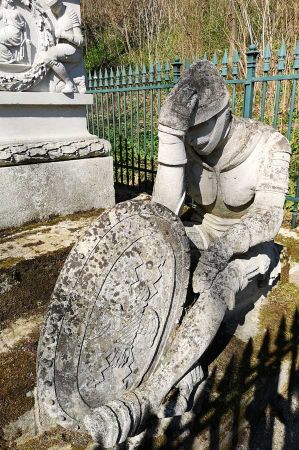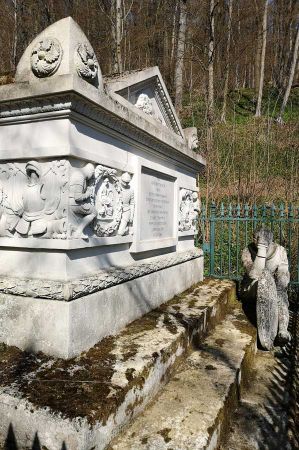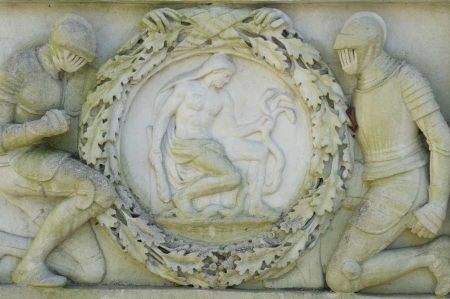Gideon Baron of Laudon and the liberation of Belgrade
- Written by Portal Editor
Again, we noticed, there are connections that were unlikely at first, even if you are interested in history and due to our project work, we are traveling a lot, especially in the Balkans.
We had visited Belgrade and its fortress and had not just encountered the strong presence of Turkish artefacts there, but also a name that we should now encounter again here in the Vienna Woods during an extensive hike: Gideon Baron of Laudon. What do Belgrade, the Turks and Gideon of Laudon have to do with each other, this question arises? Sure, we have to go back a bit in history!
The Ottomans in the Balkans - until the gates of Vienna

At the time of the greatest expansion of the Ottoman Empire in the 17th century, it extended northward from its core countries of Asia Minor and Rumelia to the area around the Black Sea and the Sea of Azov, westward and far into Southeast Europe. For centuries, the Ottoman Empire politically, militarily and economically claimed a major European role in power alongside the Holy Roman Empire, France and England.
Gideon Baron of Laudon - Commander in Croatia

Many years later as commander in Croatia, Gideon Freiherr von Laudon defeated the Turks at Dubitza in the 8th Austrian Turkish War in August 1788 and stormed Novi. In the 1789 campaign he conquered Turkish Gradisca at the head of the Croatian-Slovenian army. During the sickness of Field Marshal Andreas Hadik von Futak, he received supreme command over the main army, was then able to take Belgrade and Semendria on October 8 and successfully ended the campaign against the Turks, appointed to be Generalissimo.
In the Museum of Military History, Hall II, there is a display case in which personal items of Gideon of Laudons are displayed, such as his grand cross and breast star of the Order of Maria Theresa, which Laudon was awarded for his bravery in the Battle of Hochkirch in 1758; his tricorn, sword and even his shaving kit. Above the showcase is a monumental oil painting with Laudon's equestrian portrait, riding across the battlefield near Kunersdorf.
A bust made in 1812 is exhibited in the "Hall of Fame of the Germans" Walhalla.
And his grave is in the middle of the Vienna Woods, which we came across almost by accident and which encouraged us to take a little digression into history. Have fun with your further research.
Please read as well:
Hiking in the Vienna Woods - Our Tour to the Mostalm
Scheiblingstein - A Roman Milestone in the Vienna Woods
